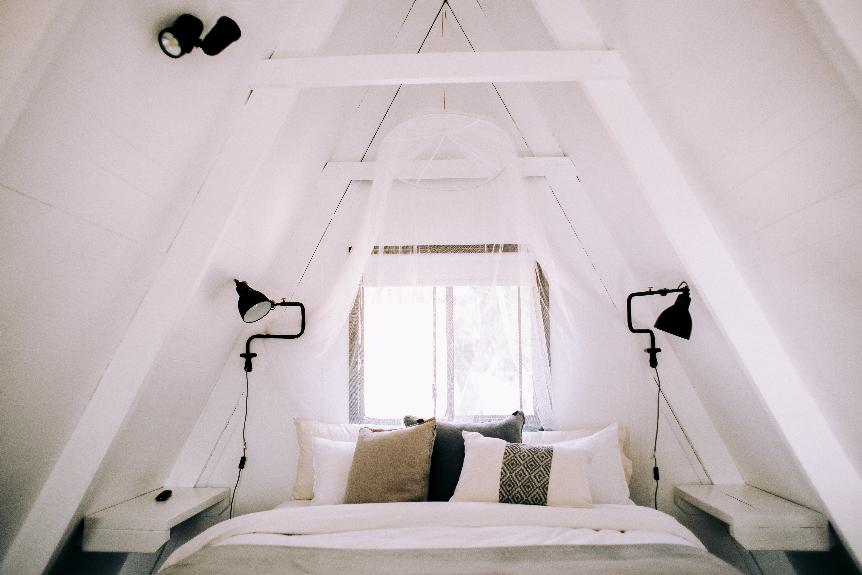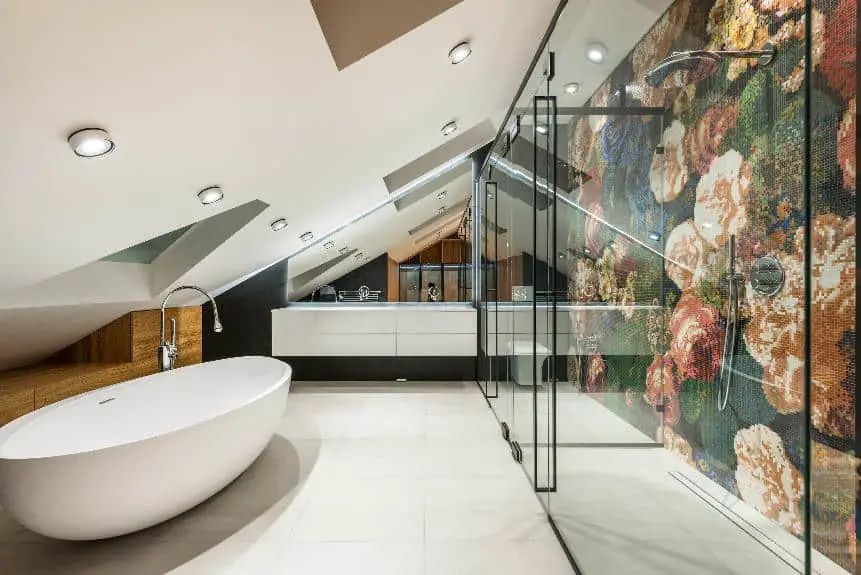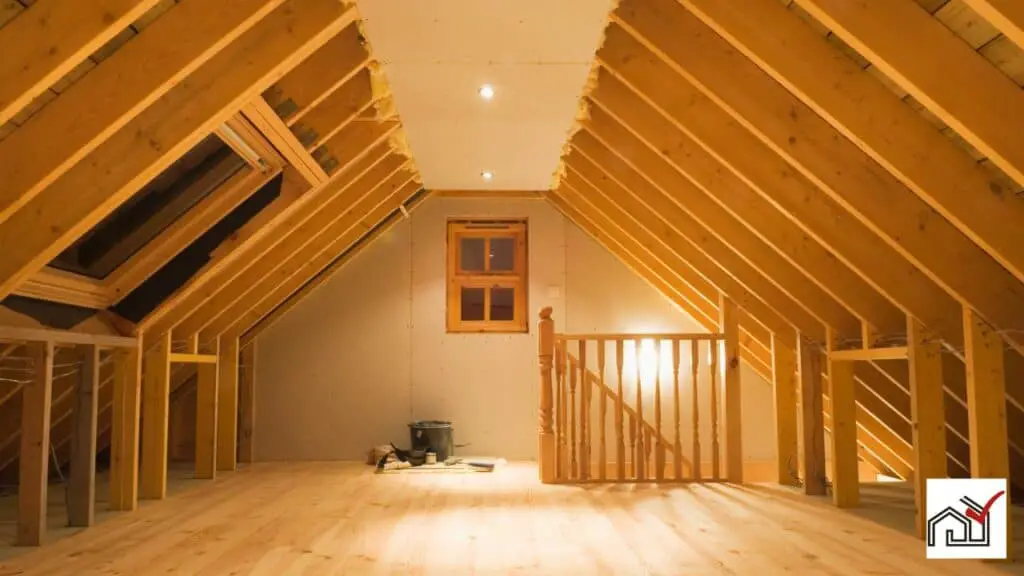New houses may or may not have attics, depending on current architectural trends and building practices.
Attics are less common in new construction because builders often use roof trusses, which save costs but don't create large attic spaces. When attics are included, they tend to be smaller and used for practical purposes like HVAC system storage.
The decision to include an attic depends on the design and structural choices of the architects and builders.
This text examines why attics are included in new homes, their uses, and the alternatives offered by modern construction.
Attic Presence in Modern Homes
Many new homes have attics, but their size and functionality have changed due to modern building practices and design trends. Builders often use trusses instead of rafters, which enhance the structure's strength but reduce attic space. As a result, the types of attics in new homes differ greatly from those in older properties.
Attics in modern homes are redefined and are less commonly used for storage. They are mainly used to house HVAC units now, as truss construction is not suited for heavy storage. Some new homes may not have attics at all, as their necessity is evaluated against the home's efficiency and utility. Access to attics is typically through a small hatch or pull-down stairs, unlike the larger entries in older homes. Basements are now often chosen over attics for additional storage or living space.
The presence and size of an attic can also depend on local climate and building practices. Attics may be more prevalent in areas that require ample roof space for insulation against extreme weather. In contrast, in milder climates or where different insulation techniques are used, attics may be considered non-essential in new houses.
Attic Design and Functionality
New houses sometimes include attics with updated designs for modern uses. These attics may serve for HVAC systems or extra storage. However, the use of trusses, as opposed to traditional rafters, can limit the available space for storage.
For attic conversion into a livable area, building codes require that at least half of the attic must have a ceiling height of 7 feet or more. A finished attic must comply with heating and cooling regulations to ensure comfort, which includes installing proper insulation and possibly adding knee walls for space efficiency.
Building codes mandate an access point to attics over 30 square feet with a height over 30 inches, usually via a small panel or a staircase for frequently used attics.
Some new homes replace attics with basements or storage rooms to meet storage needs, reflecting the evolving preferences of homeowners and builders' approaches to space optimization.
Benefits of Having an Attic
Having an attic in a home offers increased storage space and the option to convert it into a living area, which can raise the home's value. Attics provide a place to keep items not used daily, such as holiday decorations or out-of-season clothes, which helps reduce clutter in the main living spaces.
Attics can also be remodeled into extra bedrooms, offices, or playrooms, offering flexibility for growing families or remote workers.
In terms of maintenance, attics are useful for placing utility systems like HVAC units and water heaters for easy repair access. Properly insulated attics help in maintaining consistent indoor temperatures and lowering energy costs for heating and cooling.
Attic Alternatives in New Construction
Builders are using new storage solutions instead of traditional attics in new homes. These include designated storage rooms or basements that address modern storage requirements and make efficient use of space.
New homes, especially those with truss systems, typically have smaller attics with limited access, used mainly for mechanical systems and not for extensive storage. To compensate, builders are integrating storage into the home's design.
A common solution is a storage room within the house, equipped with built-in shelving and cabinets for organization and easy access. Basements are also used for storage due to their stable climate, which is suitable for a variety of items. These basements often include shelving and can double as other spaces like gyms or entertainment rooms.
For houses with flat roofs or where attics are not possible, these storage alternatives are an efficient way to fulfill storage needs. These adaptations in new construction meet the evolving preferences and needs of homeowners.
Future Trends in Attic Space
Modern construction trends show that attics in new homes may become adaptable spaces or optional elements based on the homeowner's choice. Architectural designs are moving away from conventional layouts, leading to a redefinition of attic spaces. They may offer extra usable area that can be customized for different uses.
In new buildings, roof designs are changing, resulting in diverse attic shapes. Attics are likely to be designed for better accessibility and use, possibly as offices, playrooms, or extra bedrooms. This is made possible by trusses that support open attic floor plans.
Improved access through permanent stairs rather than ladders is expected to make attics as functional as other rooms. Enhanced insulation and ventilation will likely improve air quality and temperature control for year-round comfort.
Sustainable building practices might include energy-saving features like solar panels or green roofs in attic designs. While some homes may replace traditional attics with other storage options such as basements, the concept of choosing an attic as an upgrade is becoming popular, allowing buyers to tailor their home's attic to fit their needs.





